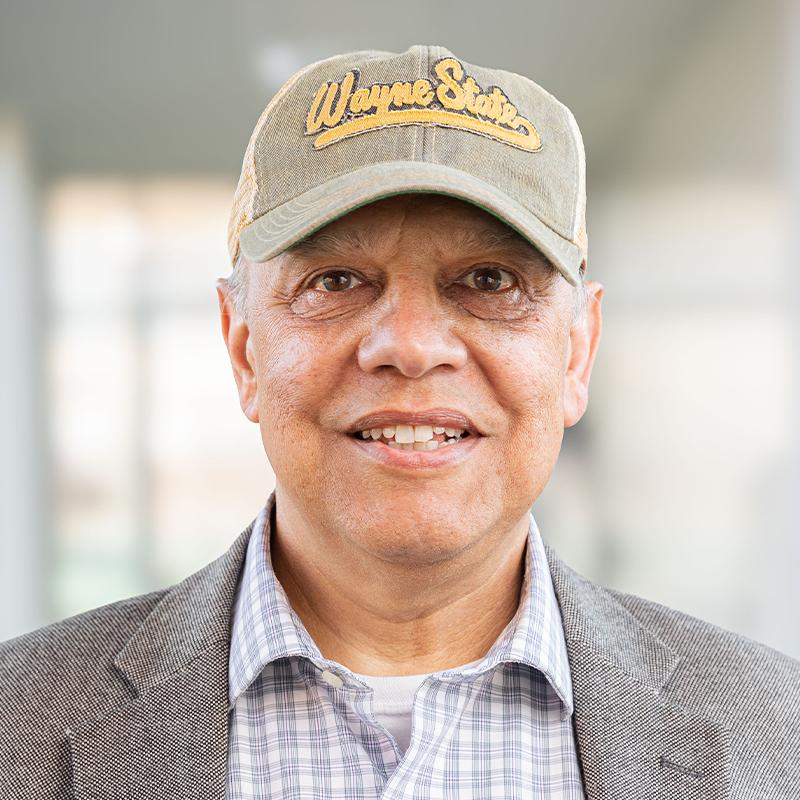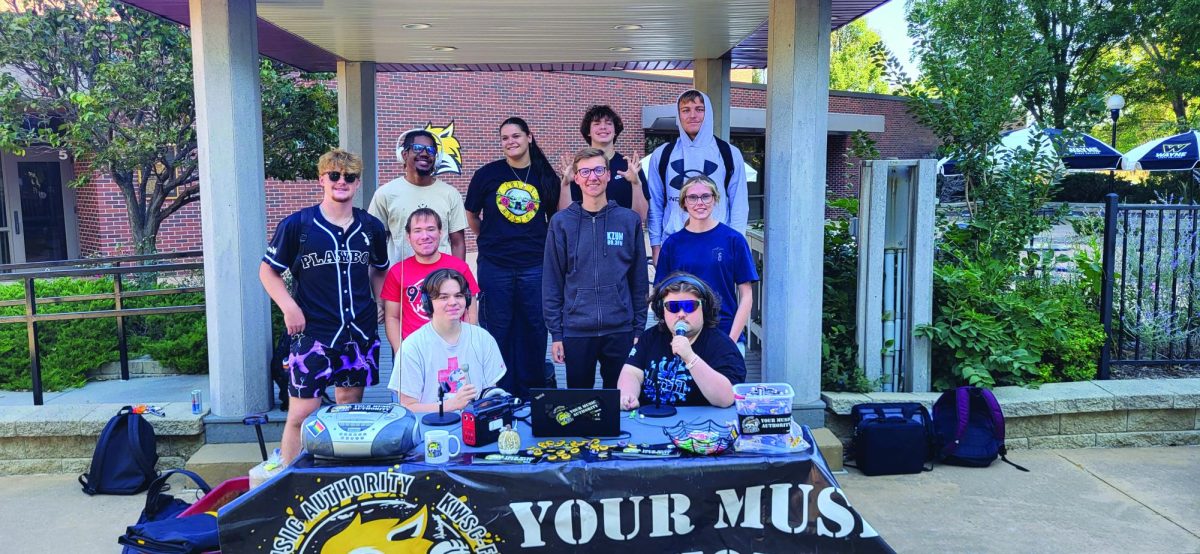‘Pride’ feel-good activism you can get behind
October 7, 2015
“Pride,” a 2014 dramedy based on a true story, begins and ends with a parade.
Though this movie is almost unheard of in the U.S., it won big at many international film festivals both in 2014 and 2015, and was even nominated for a Golden Globe last year.
To really understand “Pride” without actually seeing it, a short history lesson is in order.
The story takes place in 1984 and ’85, in both England and Wales. During this time, there was a huge coal miners’ strike. In the UK, coal mining was a nationalized industry and the miners were protected by a large, nationally funded labor union.
Margaret Thatcher, the prime minister (think a sometimes more extreme, female version of Ronald Reagan) was vilified by many for coldly closing mining pits, and thus ending a centuries-long way of life for many British subjects.
In 1984, almost 150,000 miners in England, Scotland and Wales went on strike to fight Thatcher to keep their industry open. Tired of the strike, Thatcher sequestered the union’s funds, effectively trying to starve the miners back to work without giving into any of their demands. The miners also had to deal with police brutality, discrimination and increasing poverty.
Another group experiencing police brutality and discrimination was the LGBT community.
“Pride” picks up on the story of LGBT community organizers during the 1984 London Pride Parade. Leader, Mark Ashton, realizes that the miners and the LGBT community are struggling with some of the same issues and as a show of solidarity, decides to rally his friends to help raise money for a mining community, creating the group LGSM or Lesbians and Gays Support the Miners.
In the beginning, LGSM experiences a string of problems. First, recruiting is an issue. Miners were viewed by many in the LGBT community as rough, conservative thugs undeserving of their sympathies.
LGSM’s next problem is finding someone to take the money they have raised.
The heart of the AIDS epidemic was in 1984, and many felt it was a gay person’s disease. Homosexuality was still taboo during this time, so even though striking miners were in need of aid, many relief groups refused to take funds from LGSM.
LGSM then decides to just point at a map and pick a village in mining-hotspot Wales. After a series of strained interactions in the beginning of their relationship, LGSM and the people of the village grow to understand and love each other.
There’s a whistleblower in their midst however, and the union is alerted to the fact that some of their aid money is coming from an LGBT group.
LGSM makes on final push to raise money for the miners and prove that solidarity against a mutual foe can bring them both power.
One of the charms of “Pride” is that while there are a few familiar faces among the cast, the large majority of the actors are relatively fresh faces.
Almost every member of the cast who played a member of LGSM is a star on the rise in the UK, which means more than likely, they’ll be making their way across the pond soon as well.
The actress who stood out the most was Imelda Staunton. Audiences may remember her as Delores Umbridge in the “Harry Potter” franchise. Staunton disappears into the role of Hefina, a strong-willed Welsh woman who steamrolls reluctant miners into realizing LGSM deserves their respect and gratitude.
The film is an anti-Thatcher, anti-conservative, pro-communist, feel-good movie. Seems strange, but “Pride” has universal appeal. At its heart it’s an underdog story and you can’t help but root for the miners and LGSM and best of all, it’s based on a true story.







